Saul, J.M. (2014) A Geologist Speculates: On Gemstones, Origins of Gas and Oil, Moonlike Impact Scars on the Earth, the Emergence of Animals and Cancer. Paris, Les 3 Colonnes, x + 149 pp. ISBN: 978-2-37081-004-5
Important Note
John Saul has made the full PDF of A Geologist Speculates available to Lotus Gemology readers as a free download. Click this link to download the full book here.
Round about 1983, I found myself in Rangoon, Burma (Yangon, Myanmar). When not scouring the local markets for gems, I would visit second-hand bookstores and stalls, sifting for treasure in written form.
Late one afternoon, I happened across a small bookstall opposite the Scott Market, where I inquired if the proprietor had any publications on gems. After a few minutes of digging, he pulled out a rather dusty journal, which represented the proceedings of a 1981 gemological conference held in Japan. Thankfully the contents were in English.
I bought it for a few kyat and that evening, settled into my room at Rangoon’s Strand Hotel to peruse the find. Soon an article on diamond caught my attention. In the span of just six pages, the author swept away much of the ideas I had been taught for both diamond and petroleum formation, weaving a story that was both scientifically solid and yet easily accessible. It was immediately clear that it was not your mother’s geology. This was my introduction to the writings of John Saul (Saul, 1981).
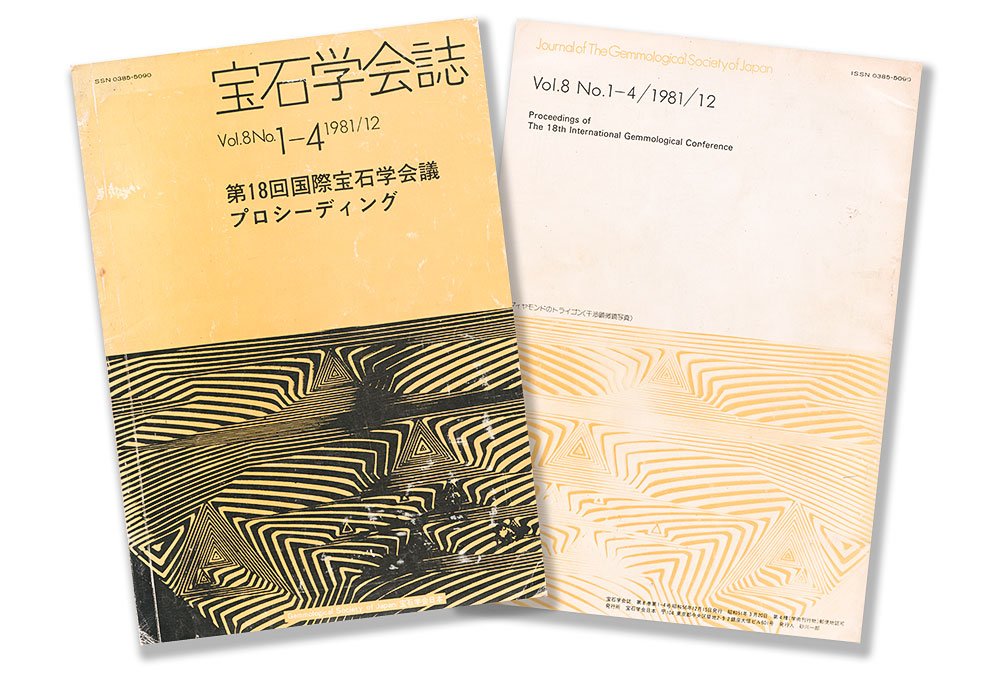 Front and back covers of the gemological journal that introduced me to the writings of John Saul.
Front and back covers of the gemological journal that introduced me to the writings of John Saul.
In 1987, I had the good fortune to meet Saul, but it was not until 2011 that our paths again crossed. He mentioned that he had a couple books in the works and was kind enough to give me one prepublication copy, with the grandiose title: The Tale Told in All Lands: The Heavens as Blueprint for Civilization (Saul, 2013).
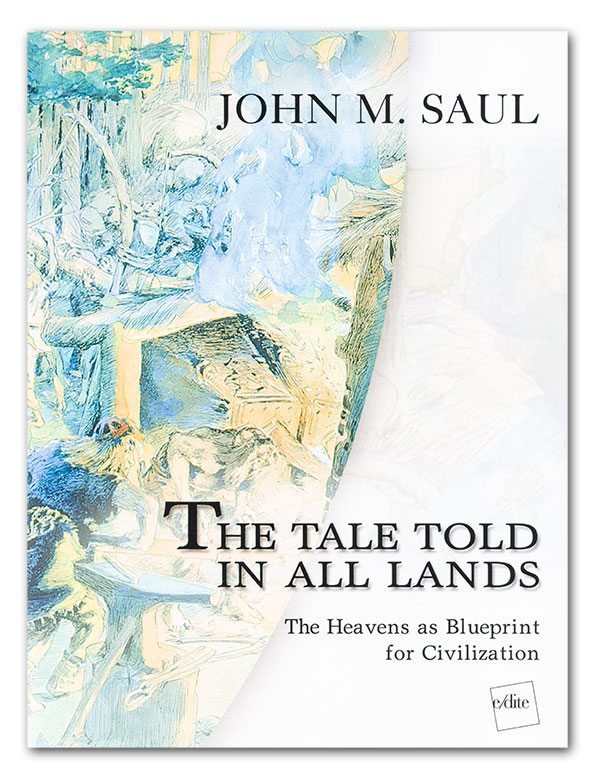 Front cover of The Tale Told in All Lands by John Saul.
Front cover of The Tale Told in All Lands by John Saul.
Early in 2014, Saul informed me he had just published a second book, A Geologist Speculates. I obtained a copy and this is the subject of the current review.
A Geologist Speculates is a far smaller work than The Tale, but in many respects that is part of its charm. Within its 150 pages, one finds an enormous world of discovery. We learn that, although the Earth is some 4.5 billion years old, virtually all of the major crystalline colored gems were born just 650–5 million years ago. Incredibly, we also discover that the period of gem formation coincided with the appearance of life itself.
But Saul’s writing is as much about posing questions as providing answers:
- If coal resulted from the decay of organic matter, why do many coal deposits contain no fossils or organic traces?
- How is it that the Moon is riddled with craters (an obvious result of heavy bombardment from space) and yet the Earth, being of virtually the same age and lying so close to the Moon, apparently emerged unscathed?
- Why was the Earth so old before complex animals appeared?
- Most of Earth's crystalline colored gemstones were formed at about the same time (700–550 million years ago) as the appearance of complex animals. Could the two events be related?
A Geologist Speculates is laid out in five chapters, as follows:
- Gems (dealing with formation of crystalline colored gems)
- Deep Carbon and Outgassing (on diamonds and hydrocarbons)
- Early Impact Scars (the Late Heavy Bombardment and its impact on mineral formation and plate tectonics)
- Animals and Cancer (the development of multicellular life and later, cancer)
- The Ends of Darwinism (a unifying theory of human civilization)
For this reader, the first two chapters were fascinating, with the middle two also excellent, but the final chapter is the crowning jewel. Effectively a condensation of the ideas contained within The Tale, it examines the human condition in ways that few others have ever done.
Saul postulates in “The Ends of Darwinism” that the chief difference between humans and all other animals is our ability to share complex thoughts. He suggests the first shared concept that separated us from the biological pack was that of mortality; when our species reached the degree of consciousness that allowed us to realize that we would all eventually die, the idea forced us into a different psychological space. Like water running downhill, the pressure that this knowledge brought gave rise to rivulets and later rivers that spread across the planet.
In an attempt to deal with death, our ancestors devised strategies to cheat it. Everything we now call civilization flowed from this shared idea. This was the tale told in all lands.
While some might be shocked by the notion, Saul sees little difference between the theological and scientific realms, suggesting they are archers aiming at an identical target. How do we prolong life?
Theologians and researchers have a tendency to speak down to their audience. When priests/scientists proselytize using words that few understand, enlightenment becomes obfuscation. Saul has that rare gift – fluent in the scientific lingua – yet able to take what is gibberish to so many and translate it into comprehensible concepts. In A Geologist Speculates, he does this through generous use of simple examples, good illustrations and sometimes-humorous anecdotes, bringing the heavens down to earth.
I have read hundreds of books on gemstones, but I cannot say I’ve read anything quite as remarkable as this. Coupled with The Tale, A Geologist Speculates represents some of the most original thinking I’ve come across in the entire field. This should be required reading not just for those interested in the formation of gems, but for anyone who has ever asked the questions: Who are we and how did we get here?
Saul gives solid answers to both, along with a plea for what to do about the future, framing it as a “race between education and catastrophe.” I said it before and will say it again: this is not your mother’s geology.

References
- Saul, J.M. (1981) The origin of diamonds and the deep gas hypothesis. Journal of the Gemmological Society of Japan, Vol. 8, No. 1–4, pp. 79–85.
- Saul, J.M. (2013) The Tale Told in All Lands: The Heavens as Blueprint for Civilization. Paris, Les 3 Colonnes, 623 pp.
Notes
A slightly abbreviated version of this review first appeared in the Journal of the Gemmological Association of Hong Kong (2014; Vol. XXXV, pp. 25–26). The full review appeared in InColor, (2014, No. 26, Summer, pp. 74–79).
Producing these books has been a lifetime's labor of love for John Saul. I cannot imagine that many copies have been printed, so get them while you can. They are available direct from the author at Tomebook2.com.
|
About John Saul
From contacts with peoples as different as Chinese colleagues and the flat-earthers of Turkanaland of northern Kenya, he gradually came to appreciate that the beliefs of peoples everywhere had the same long-ago origin: the world Below was to be modeled on the heavens Above, As Above, So Below. This one idea was at the origin of science (starting with astronomy), religion (because it promised oneness with the immortal gods Above), kingship (in which the king’s original role was to spread the “grace of heaven” upon the people), and literature, as in the partly astronomical account of King Gilgamesh’s quest for immortality. These ideas are presented in The Tale Told in All Lands in which a short chapter The Limits of History describes the method the author uses in addressing historical questions as varied as the placement Troy and Jerusalem and other sacred cities, and the unsuspectedly deep pre-histories of the Nazi ideology and of Rwandan belief. Geology is an historical science, and the author’s observation that everything in the human sphere is connected also applies to the history of our planet. As set out in the Preface of A Geologist Speculates, the author argues, for the existence of fundamental connections among ancient impact-scars of the sort that saturate the surface of the Moon, the initiation of plate tectonics, the first appearance of complex animals during the “Cambrian Explosion,” the formation of deposits of rubies and sapphires, and the origin of oil and gas. Both books address the matter of origins. With time, the author found that he was also comfortable treating other questions of “origins”, whether the origins of the influenza pandemic of 1918, of homosexuality, of cancer, or of other matters on which he is now working. |

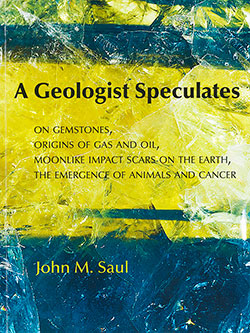

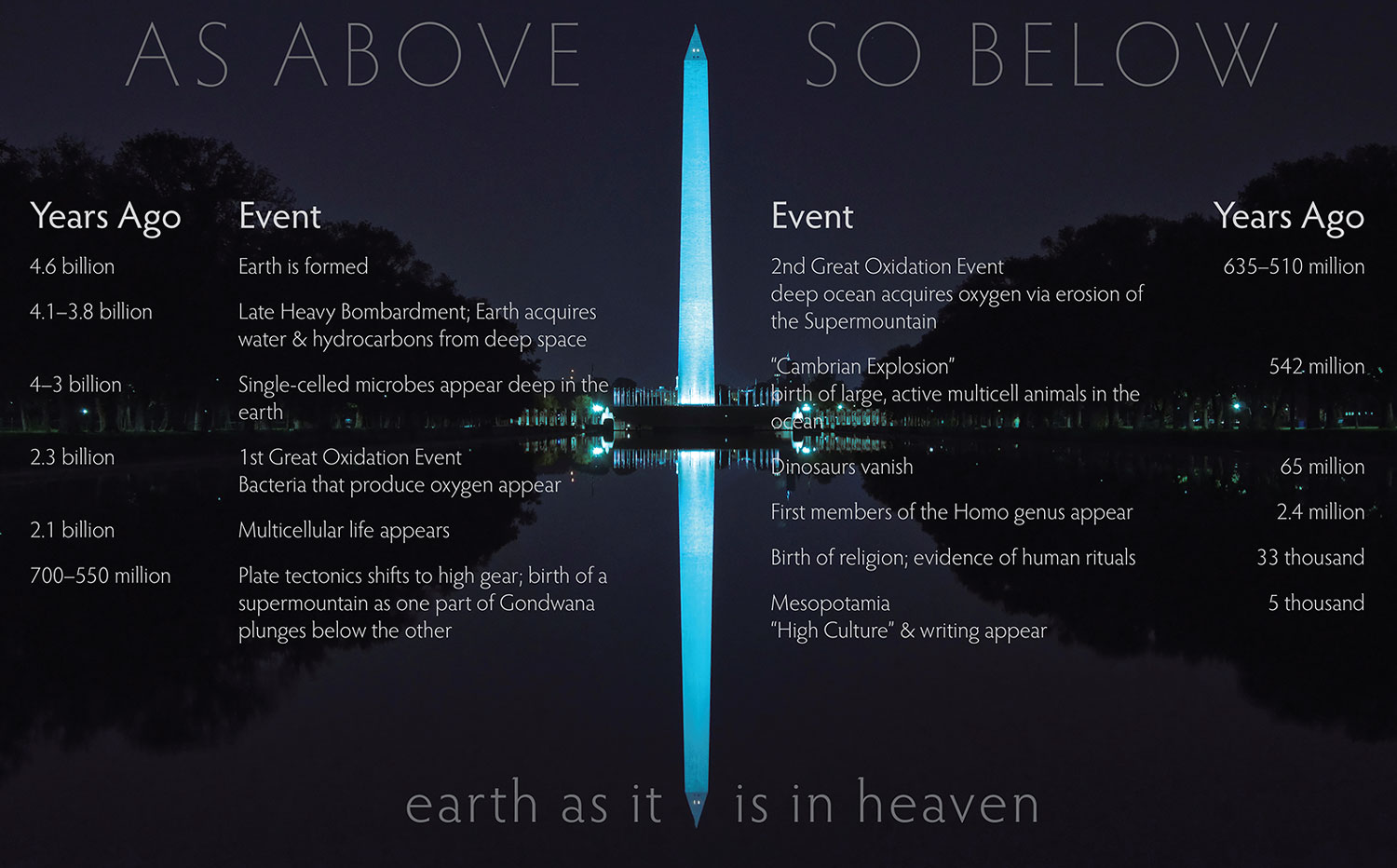
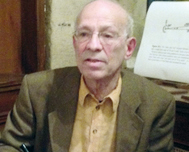 John M. Saul was born in New York City in 1937. He worked as an undergraduate geologist in West Africa. On receiving a Ph.D. in geology from the Massachusetts Institute of Technology in 1964, he moved to East Africa and then to Paris, his base for professional trips to many odd corners of the world.
John M. Saul was born in New York City in 1937. He worked as an undergraduate geologist in West Africa. On receiving a Ph.D. in geology from the Massachusetts Institute of Technology in 1964, he moved to East Africa and then to Paris, his base for professional trips to many odd corners of the world.